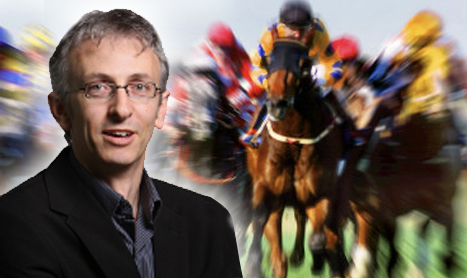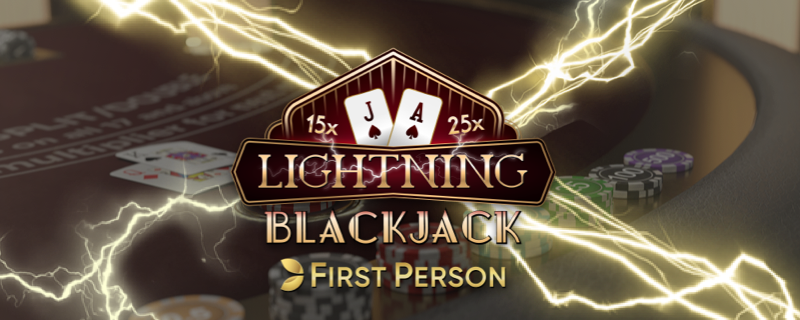The thing about the modifications – we’re talking Grand National now, of course we are, Cheltenham is over, didn’t you see the Morning Line last Saturday? – is that, with every passing year, the race is conforming more and more to the norms of a typical staying handicap chase.
That’s exactly what the Aintree Grand National isn’t, and should never purport to be: a conformist. Hopefully they will stop some way short of turning it into a two-mile handicap hurdle, because the National is still an institution, it is still a unique race. The fences still take some jumping and the distance still takes some getting, they are still the biggest fences and it is still the longest distance in the land, just about as long as the distance from the steeple in Doneraile to the steeple in Buttevant, but they wouldn’t want to be shaving any more inches off the tops of the fences, or levelling off any more landing sides, or putting any more springboards on take-off sides. Leave it alone now.
It used to be the case that you couldn’t win the National with any more than 11st on your back. Then they started tinkering with the race (compressing the handicap, they call it), trying to tempt the better horses into running – Lotto-sized prize money wasn’t enough. Hedgehunter came along in 2005 and won it with 11st 1lb on his back, so they said 11st 1lb, no more than 11st 1lb.
Then the tinkering became more severe, and Don’t Push It came along in 2010 and won it with under 11st 5lb. Not only that, but Black Apalachi finished second with 11st 6lb on his back, and the pair of them were 20 lengths clear of the rest.
Now they’re saying 11st 5lb. No horse since Red Rum in 1977 has won the race with more than 11st 5lb on his back, they are saying, and Red Rum was a National phenomenon. Don’t be surprised if that one goes by the wayside soon as well.
So you treat it like a normal long-distance handicap chase. Start at the bottom of the weights and work up, look for a horse who is in form, who has the class and the stamina for the task, who should go on the likely ground, who should handle the track, who has the potential to have at least a couple of pounds in hand of the handicapper, and ideally who is trained by Jonjo O’Neill, staying handicap chase king.
Prince De Beauchene is ahead of the handicapper. He was raised 12lb for winning the Bobbyjo Chase – traditionally a good pointer to the National – but, because the National weights were published before the Bobbyjo Chase was run, he gets to compete off his old handicap mark of 143. He doesn’t – unique to the National – even have to carry a penalty for winning a race after the weights have been framed, so he is 12lb well-in.
Burton Port is ahead of the handicapper. He was rated 160 when the weights were published, the handicapper compressed his weight by 2lb, so he is allowed race off a mark of 158, despite the fact that he was raised to a mark of 166 after he finished second to Long Run in the Denman Chase at Newbury after the weights were published. He is 8lb well-in.
Gold Cup hero Synchronised is 7lb well-in. Not because he won the Gold Cup – he was only raised 1lb for winning the blue riband – but because the handicapper allowed him 6lb because he was a highweight before he even lined up at Cheltenham.
On His Own is not well-in. He won the Thyestes Chase before the National weights were published, which saw his Irish mark rise from 125 to 143, and then the British handicapper whacked on another 5lb just for the hell of it. It’s no harm though, he would be 12lb out of the handicap had he not won the Thyestes, and not certain of getting in under the safety limit of 40.
Becauseicouldntsee and Calgary Bay and Quel Esprit and Junior and Seabass are all 2lb well-in, Neptune Collonges is 5lb well-in, Giles Cross is 6lb well-in. Also, Sunnyhillboy is 10lb well-in, and that makes him really interesting.
JP McManus’s gelding has a lot more in his favour besides. For starters, he is trained by Jonjo O’Neill. (See above.) He proved his stamina when he finished third in the Irish National last year, a race that is often a good pointer to the following year’s Aintree Grand National, and he looked all stamina when he stayed on strongest of all – having traded at 160 in-running – to win the Kim Muir Chase at Cheltenham last week. Hence the 10lb whack, after the National weights had been published, of course.
He jumped well around Fairyhouse’s stiff fences last year, he is the ideal age for the race as a nine-year-old, he has the ideal weight for the race on 10st 5lb or 10st 6lb, depending on whether top weight, his stable companion, the afore-mentioned Synchronised runs or not.
On that subject for a moment, there has to be a big chance that Synchronised will not line up. Jonjo said, when he scratched him from the Leopardstown’s Hennessy Gold Cup last month, that he just hadn’t had enough time to recover from his run in the Lexus Chase.
But the Lexus was six weeks before the Hennessy. The Gold Cup is just four weeks before the Grand National. How much harder a race do you think Synchronised had in the Gold Cup than in the Lexus? If you said significantly, you were probably right.
If Synchronised doesn’t run, that will mean that AP McCoy will probably ride Sunnyhillboy, and his weight will go up to 10st 6lb, which means that the champ will be able to have chips and mayonnaise for breakfast on Grand National morning if he so desires and still be well able to do the weight. If that scenario does develop, then get ready to see Sunnyhillboy challenge Prince De Beauchene for favouritism on the day. At very worst, all things being equal (caveat emptor: they frequently aren’t), you should be in a strong trading position by then.
Did you know that as well as checking the realtime prices on BETDAQ below – you can also log into your account and place your bets directly into BETDAQ from BETDAQ TIPS.








